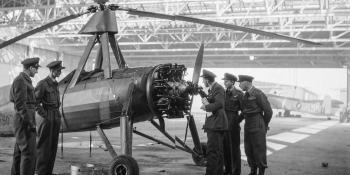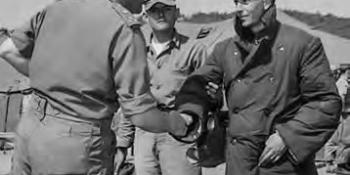Dakotas and converted bombers rush the wounded to urgent care
After delivering and sustaining the invasion forces and a suitable beachhead strip had been established, an important task for the RAF was evacuating casualties back to England. During D-Day and the first week of the campaign, about 80% of the wounded were repatriated to Britain by sea. However, this took up to three days and was reliant on sea conditions, but by D-Day+10, an air bridge had been established to ferry those in greatest need.
Three RAF stations basing elements of 46 Group were initially used to receive casualties. Dakotas were adapted for the role, with each able to carry up to 24 men (including 18 stretcher cases). The crews were augmented by female nursing orderlies from the Princess Mary’s RAF Nursing Service (PMRAFNS), who faced all the hazards of the men.
The first to arrive in Normandy were WAAF Nurses Iris Bower and Mollie Giles, who landed on Juno on June 11. Two days later, Corporal Lydia Alford and Leading Aircraftwomen Myra Roberts and Edna Birkbeck were flown in. They were snapped by a photographer after landing and the so-called Flying Nightingales became famous as the first British women on active service to be flown into a war zone.



